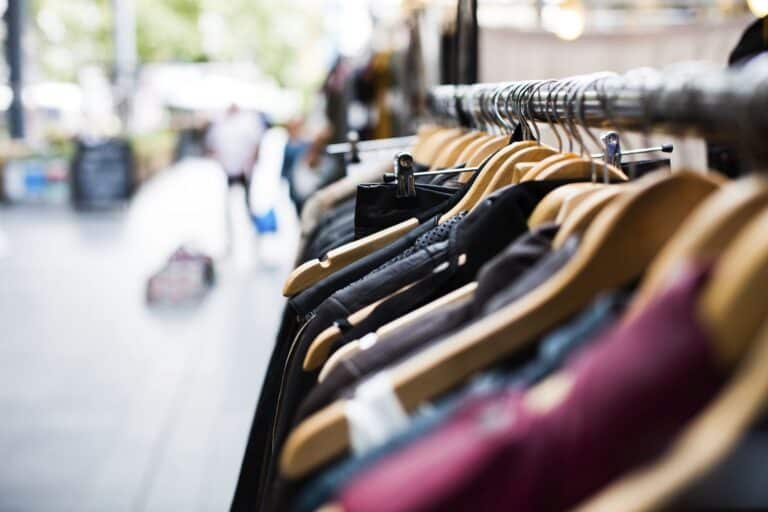Expert Advice on Choosing Elderly Shoes for Your Loved Ones

It is a common issue for people over age 60 to suffer from foot pain, stiffness, losing balance, aching feet, and many other foot disorders. The pain makes it harder to move around and can interfere with your simple daily activities such as getting out of a bed or climbing stairs. Most foot issues can be professionally treated by a health care provider who specializes in treating feet or is known as a podiatrist.
Podiatrist can diagnose your feet condition, choose the right treatment, and even recommend a change in elderly shoes to ease the problems. The right elderly shoes can help to prevent and significantly reduce the risk of falls, as well as providing comfort, balance, and stability. Continue reading to learn about foot problems in the elderly and eventually ease you to find the best footwear for your loved ones.

Understanding Common Foot Problems in Elderly
Why does this foot problem happen? Years of standing may change your feet’s natural cushion of padding under your heels and the ball of your foot is lost. The arches become flatter and less flexible, your ankles and foot joints get stiff and your foot gets wider and longer. Due to these changes, you may develop foot pain and other issues. In addition, particular conditions like arthritis and diabetes can make your feet or ankles swell so it’s important that you have shoes with adjustable openings to accommodate your feet changing size.
Below are some of the common foot conditions that affect older adults:
- Plantar fasciitis: an inflamed band of tissue along the bottom of the foot which causes swelling and heel pain.
- Bunions: a bony enlargement that develops on the joints of the big toe, forcing the big toe to bend abnormally inwards the small toes. It is a common foot problem, mainly due to genetic components.
- Hammertoe: the middle joint of the toe develops an abnormal bend and becomes flexed or curled downward rather than point forward. Hammertoe causes pain and needs immediate medical treatment to recover from the symptoms.
- Flat foot: Posterior tibial tendon which supports the foot arch weakens or damages, making the entire foot contact with the ground or stuck in the flat position.
- Calluses: Hardened or thickened patches of skin that develop as a result of repeated pressure. It looks like a dead, rough, yellowish layer of skin, usually found on the sole of the foot. Sometimes it can be painful thus making walking more difficult.
What to Look for When Buying Elderly Shoes?
For the elderly, having the right footwear is essential to their health. The right shoes can reduce the risk of falling, help keep your balance and reduce or prevent foot pain. In order to get perfect elderly shoes for your loved ones, you should consider the following when buying:
Non-slip Sole
The non-slip sole is an important feature in every footwear. It ensures stability, provides a good balance, and helps prevent slipping while moving around. Ideally, shoes should have groove patterns across the whole bottom to enable good traction and grip on many different surfaces.
Shoes without laces
Seniors need shoes that fit properly and are easy to put on and off. Velcro strap shoes are the best option. These types of shoes can be easily adjusted to secure the shoes on your feet without having to tie the laces or being afraid to trip over them when the laces come loose.
Adequate padding
Adequate padding or cushioning inside shoes can reduce the impact of your foot against the ground during walking.
The right material
ideally, the material should have some flexibility but still have enough structure to maintain its shape and to offer basic support for your feet.
High Back
To support your ankle and to prevent sprain, opt for shoes with a high back.
Low heel
it is recommended to look for low heel shoes instead of high heels. Heels that are higher than an inch and a half can shift your weight forward and get pain in the toes and ball of the foot.
Tips for Buying Elderly Shoes
You do not want to waste your money on poorly fitting elderly shoes. But buying a perfect pair feels so challenging and tricky. To help you find what your elderly relatives need, try these tips:
Determine How You Plan to Use the Shoes
When it comes to purchasing shoes for an elderly person, the first question you need to answer is how they will be used. Whether they need to wear them on a daily basis, or during the winter season. That way you will be able to decide which ones are the best.
Do Online Research, Buy at Offline Store
As much as we love the convenience of shopping for shoes online, it is always a better idea to buy them at an offline store. This way you will get the chance to physically try on the shoes. But if you must order online due to a particular reason such as mobility issues, be certain of their return or exchange policies. Moreover, whether you buy it online or in-store, it’s important to do some online research. You will know what options are available out there and what people say about a product.
Try The Shoes On and Walk Around
Do not decide to purchase a pair of shoes just by how they fit into your feet when you’re sitting down. You need to walk around to make sure they’re comfortable enough and fit well when you’re moving around.





